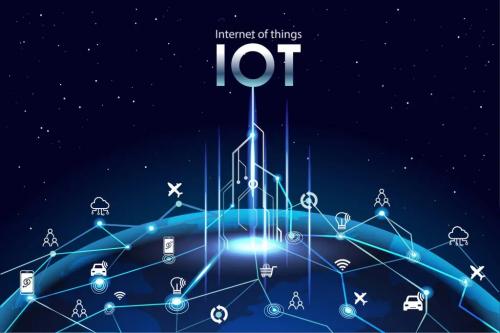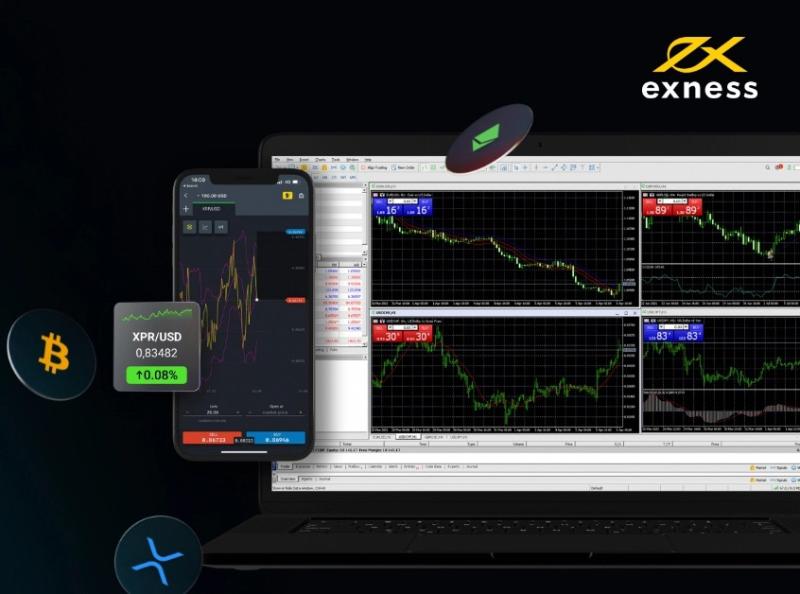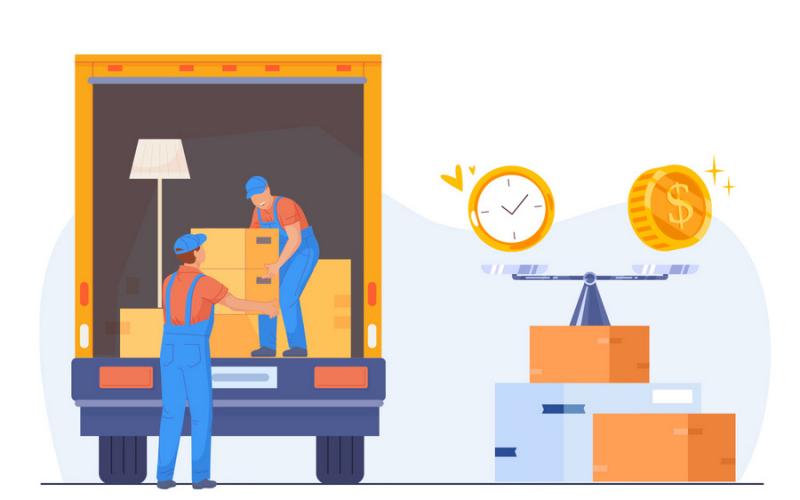Understanding IoT Tech Stack Layers

The Internet of Things (IoT) revolution is built on a complex and multi-layered architecture known as the IoT tech stack. Each layer in the IoT stack plays a critical role in enabling the seamless connection, communication, and management of IoT devices and data. In this article, we will explore the different layers of the IoT tech stack and how they work together to create an efficient and effective IoT ecosystem.
Device Layer
At the foundation of the iot stack is the device layer, consisting of the physical devices and sensors that collect data from the environment. These devices range from simple sensors, such as temperature and humidity sensors, to complex machinery like industrial robots. The primary function of this layer is to gather raw data, which is then transmitted to the next layer for further processing. Key considerations at this layer include power efficiency, durability, and the ability to operate in diverse environmental conditions.
Connectivity Layer
The connectivity layer is responsible for transmitting data from IoT devices to the cloud or edge computing systems. This layer utilizes various communication protocols and networks such as Wi-Fi, Bluetooth, Zigbee, cellular networks, and LPWAN (Low Power Wide Area Network). The choice of communication protocol depends on factors like range, power consumption, data rate, and deployment environment. Ensuring reliable and secure data transmission is crucial at this layer to maintain the integrity and availability of the IoT system.
Edge Computing Layer
The edge computing layer processes data closer to where it is generated, reducing latency and bandwidth usage. By performing data processing and analytics at the edge of the network, this layer enables real-time decision-making and enhances the responsiveness of IoT applications. Edge devices, such as gateways and edge servers, filter, aggregate, and analyze data before sending relevant information to the cloud. This layer is particularly important for applications requiring immediate insights and actions, such as industrial automation and autonomous vehicles.
Data Processing and Storage Layer
The data processing and storage layer, often hosted in the cloud, is where large volumes of IoT data are stored, processed, and analyzed. This layer leverages cloud computing technologies to provide scalable storage solutions and powerful data analytics capabilities. Machine learning algorithms and big data analytics tools are applied to the collected data to derive meaningful insights and drive intelligent decision-making. Data security and privacy are paramount at this layer, as it involves handling sensitive and potentially personal information.
Application Layer
The application layer is the topmost layer of the IoT stack, where end-users interact with IoT systems through various applications and services. This layer translates the processed data into actionable insights, visualizations, and automated actions tailored to specific use cases. Applications at this layer can range from smart home apps controlling lighting and thermostats to complex industrial systems managing production lines and supply chains. The application layer provides a user-friendly interface and ensures that the underlying IoT technology delivers tangible benefits to users.
Conclusion
The IoT tech stack is a multi-layered architecture that integrates various technologies and processes to create a cohesive IoT ecosystem. Each layer, from the device layer to the application layer, plays a crucial role in ensuring the efficient operation and management of IoT systems. Understanding the IoT stack is essential for businesses and developers looking to leverage IoT technology to enhance operational efficiency, improve decision-making, and create innovative solutions.
In conclusion, the successful deployment of IoT solutions relies on a well-designed IoT stack that ensures seamless connectivity, real-time data processing, secure data management, and user-friendly applications. As IoT technology continues to evolve, the importance of each layer in the IoT stack will only grow, driving further advancements and expanding the possibilities of what IoT can achieve.










Comments